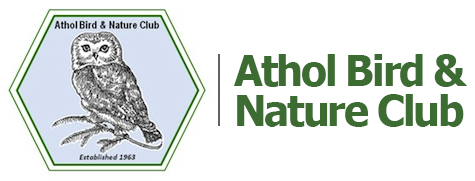Beaver
Castor Canadensis
Written by Kathy Richards
This mural in this exhibit was designed and painted by Sonia Vaccari.
The beaver is the largest native rodent in North America. It is also the only animal, besides man, that alters their environment.
HABITAT:
Beavers live in small to large slowly flowing streams which they dam up to create a pond. They will also live in lakes and ponds. A beaver habitat must have a good supply of trees that are near the waters edge.
They live in lodges that are created from sticks, mud and rocks. The entrance and exit are under water for safety. The lodge is usually 5-6 ft above the water level and 20-30 feet across. (a first time beaver lodge will be sloppy and small. As they gain experience the lodge becomes tighter and bigger). The interior is hollow for the living area and the floor is lined with sedges, grasses or wood chips and there is a ventilation hole in the top of the lodge. In the summer beavers will often live in bank lodges which are cooler.
BEHAVIOR:
Beavers create a dam across a stream to provide a pond in which to live. Damming a stream provides water that is high enough to float sticks for building or food as well as provides enough depth for the entrance and exit. While beaver dams often flood out fields, roads. It slows down erosion and as is the case of the Hurricane of ’38 it prevented flooding. The beaver ponds provide habitat and water for many animals.
They are active year round so create a cache of food at the bottom of the pond. This should keep them while the pond is frozen. Beavers mostly come out at night starting at dusk. They are constantly working on repairing the dam (they are excellent engineers and if the water is too high will create a spillway) and lodge.
Because beavers teeth never stop growing they must constantly gnaw on trees. Beavers incisors have an orange coating which consists of iron which strengthens the teeth. If you look at a beavers incisors t ey look like chisels with the back worn down more than the front.
Beavers mate for life. A family usually consists of the parents, yearlings and babies. When the beavers turn 2 they go off in search of their own home.
Beavers long flat tail is used as a kickstand for balance when chewing down trees, to warn others of danger by slapping the water with the tail, to help them steer (acts like a rudder)and dive and stores fat. It is not used to carry rocks or mud.
FOOD:
Beavers are herbivores. They eat the inner bark (cambium)of trees, twigs and aquatic vegetation (like lilies and arrow arum). The trees they prefer are aspen, alder, willow. They also eat poplar, cottonwood, maple, birch and oak. They have also been known to chew down apple trees and eat corn, grasses and sedges.
PREDATOR:
Man, Canada lynx, black bear, coyotes, foxes, river otter (especially of the young), bobcat, and fisher Large hawks and owls may prey on young on land.
Check out other animals in the exhibits nearby

Gray Fox

Fisher

Long Tailed Weasel

